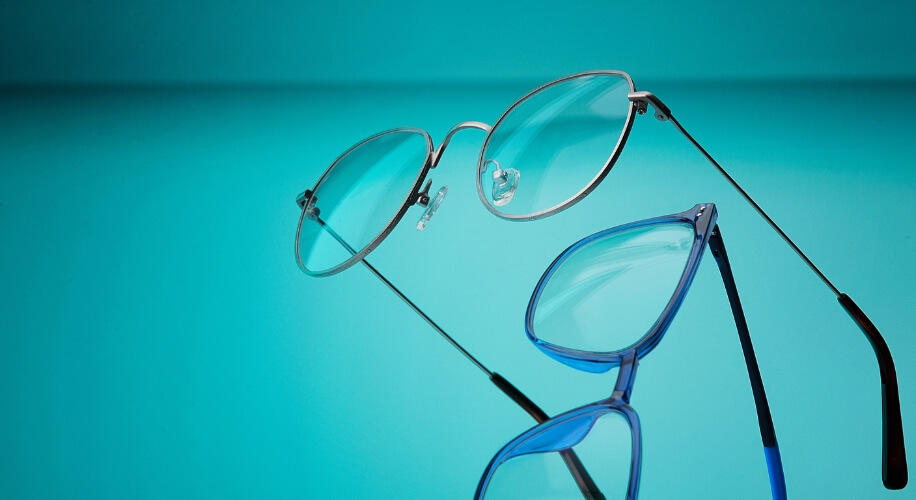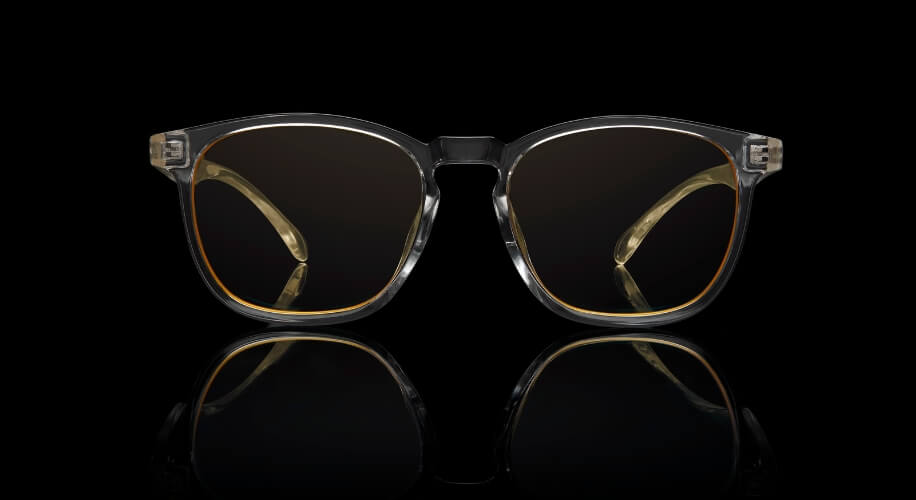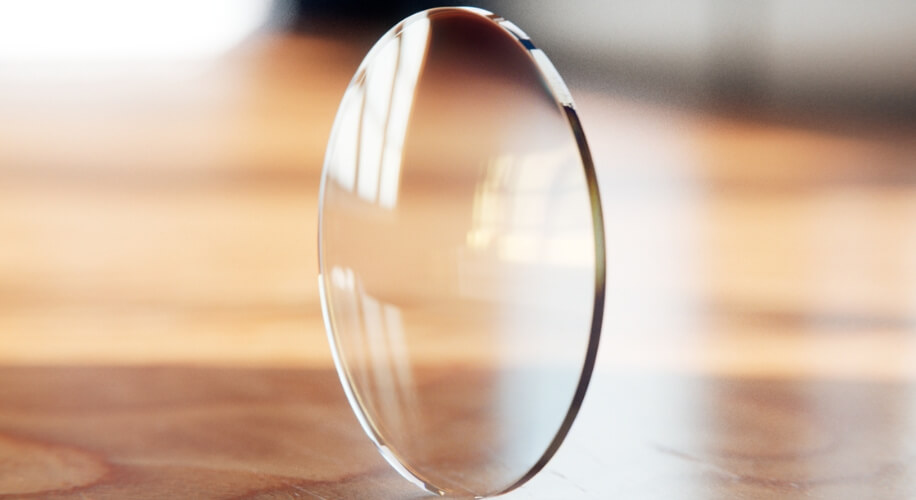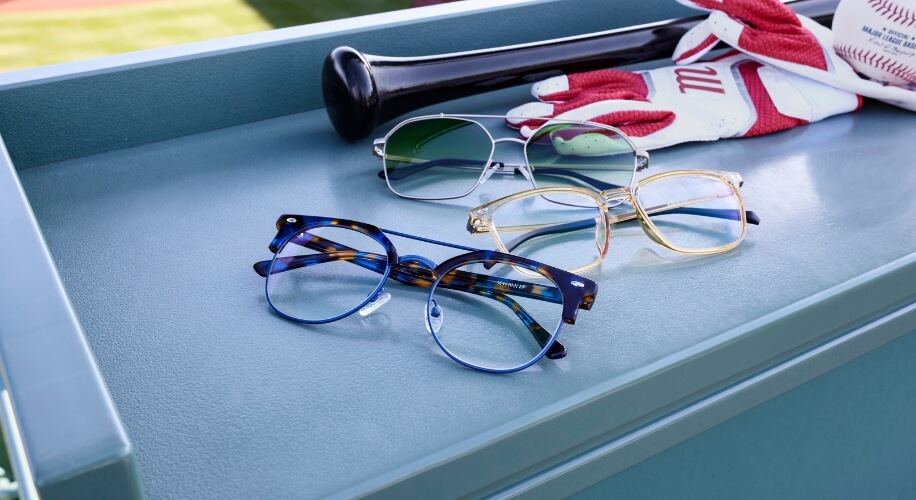The Blueprint of Style: Exploring the Anatomy of Eyeglasses
- BY Dr. Steven Liem
- IN Frames
Eyeglasses are more than just a tool for clearer vision; they are a fashion statement and an essential part of personal style. Have you ever wondered about the different parts that make up a pair of eyeglasses? In this blog post, we’ll explore the anatomy of eyeglasses, from the frames to the lenses, and even the nose pads. Plus, discover how you can find the perfect frames to express your style with Zenni.
1. Frames:
- Front Frame: The front frame, also known as the chassis, forms the main structure of your eyeglasses. It holds the lenses in place and defines the overall shape and style of your glasses.
- Temples (Arms): Temples are the long, slender parts of the frame that extend back and over your ears. They play a crucial role in keeping your glasses securely on your face.
- Bridge: The bridge is the part that sits over your nose, connecting the two lenses. It’s a key component for ensuring that your glasses are comfortable and properly positioned on your face.
- Hinges: Hinges connect the temples to the front frame, allowing the glasses to fold for storage and adjustment.
- End Tips: The end tips are the parts of the temples that rest behind your ears. They can be customized for added comfort and style.
2. Lenses:
- Lens Material: Eyeglass lenses can be made from various materials, including plastic, polycarbonate, and glass, each with its unique properties.
- Lens Coating: Lenses may have coatings such as anti-reflective, anti-scratch, or blue blocker coatings to enhance performance and durability.
- Prescription: Your prescription details, including sphere (SPH), cylinder (CYL), and axis, determine the vision correction required for your lenses.
- Pupillary Distance (PD): PD is the distance between your pupils and is crucial for ensuring that your lenses are positioned correctly.
3. Nose Pads:
Nose pads are small cushions that rest on your nose, providing comfort and helping to keep your glasses in place. Nose pads are most commonly found on metal frames and are typically absent from plastic frames.
4. Temple Tips:
Temple tips are the flexible, curved ends of the temples that sit behind your ears. They can be adjusted for a secure fit and enhanced comfort.
5. Decorative Elements:
Some glasses feature decorative elements like rivets, embellishments, or patterns on the frames, adding a touch of personal style.
When it comes to finding the perfect frames to express your style, Zenni has you covered. With a wide range of frame styles, materials, and colors, you can explore endless possibilities to match your personality and preferences. Plus, Zenni offers a convenient online shopping experience, allowing you to try on frames virtually and customize your eyeglasses with the lenses and coatings that suit your needs.
With Zenni, you not only get quality eyewear but also the freedom to choose frames that reflect your unique style. Explore our collection today and find the eyeglasses that perfectly complement your individuality.






